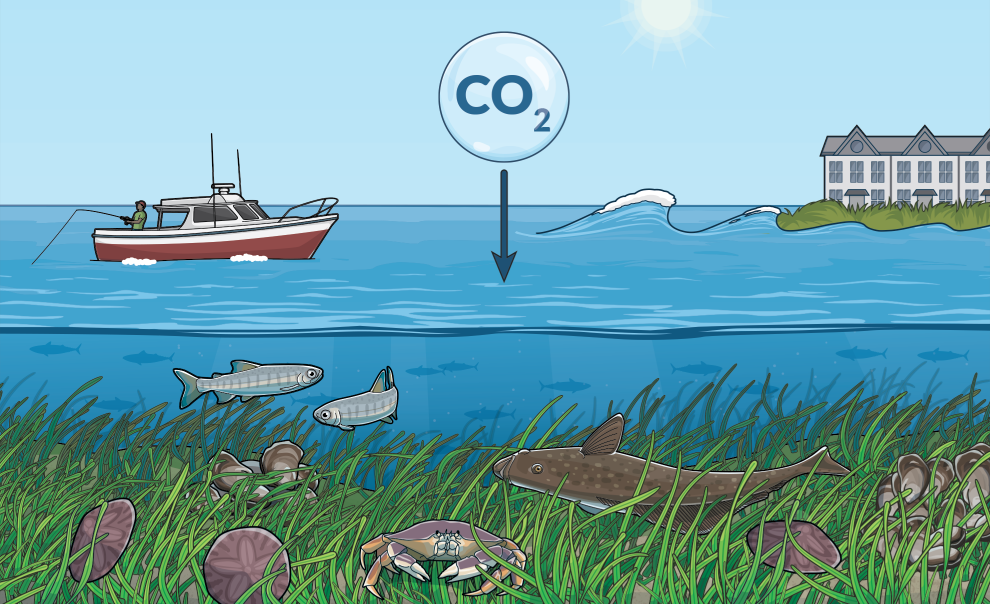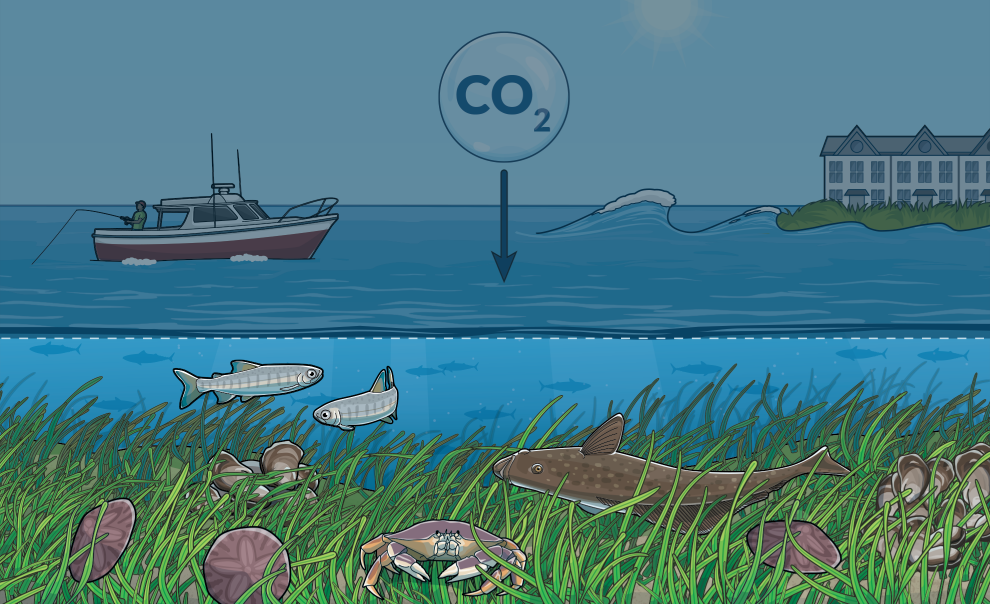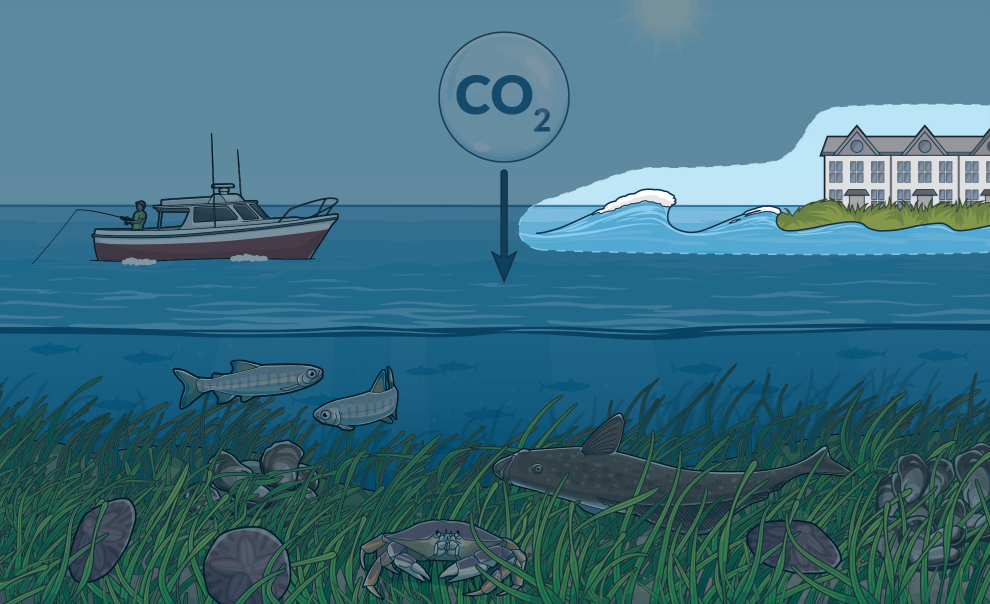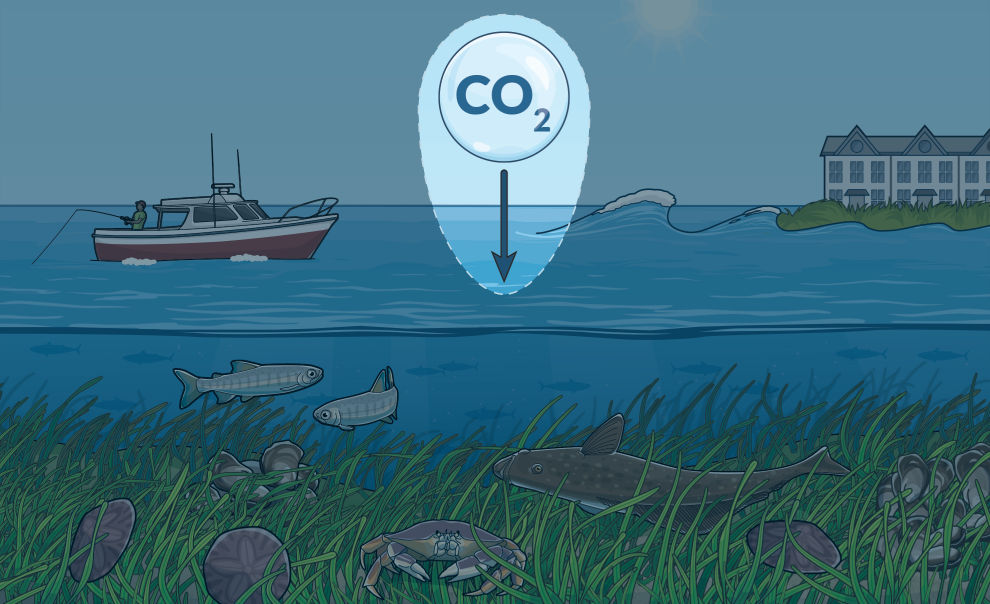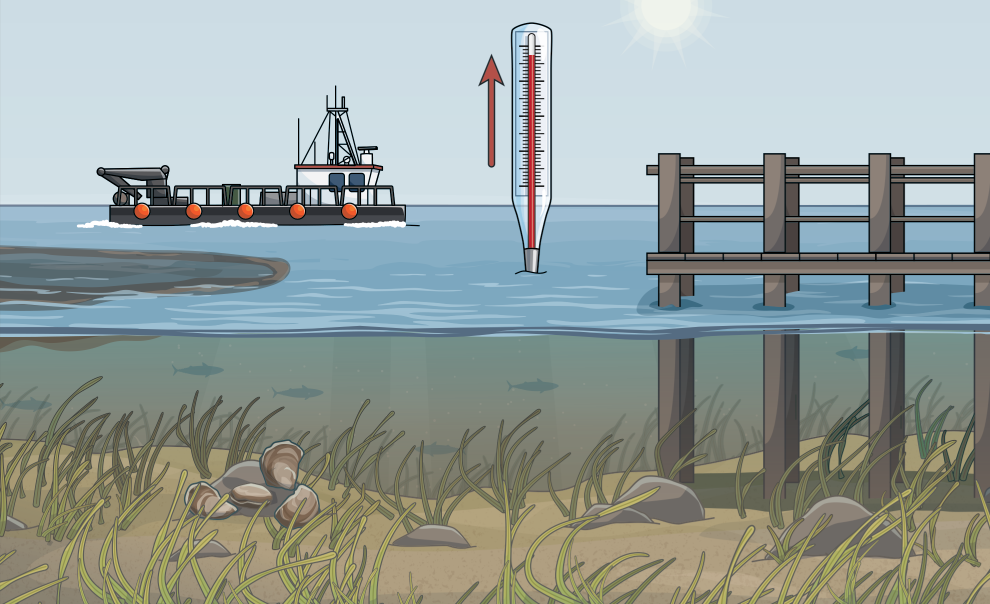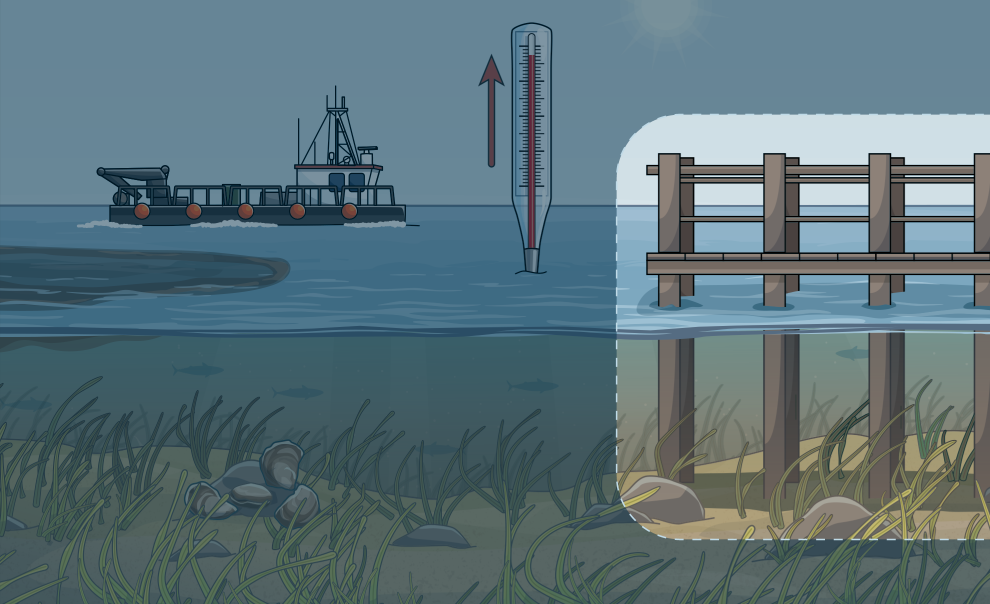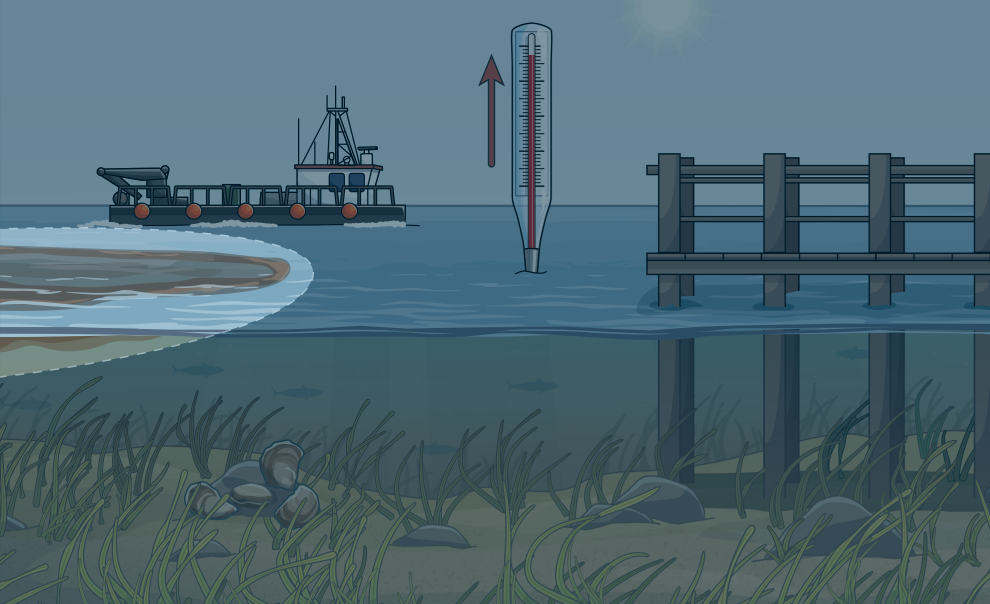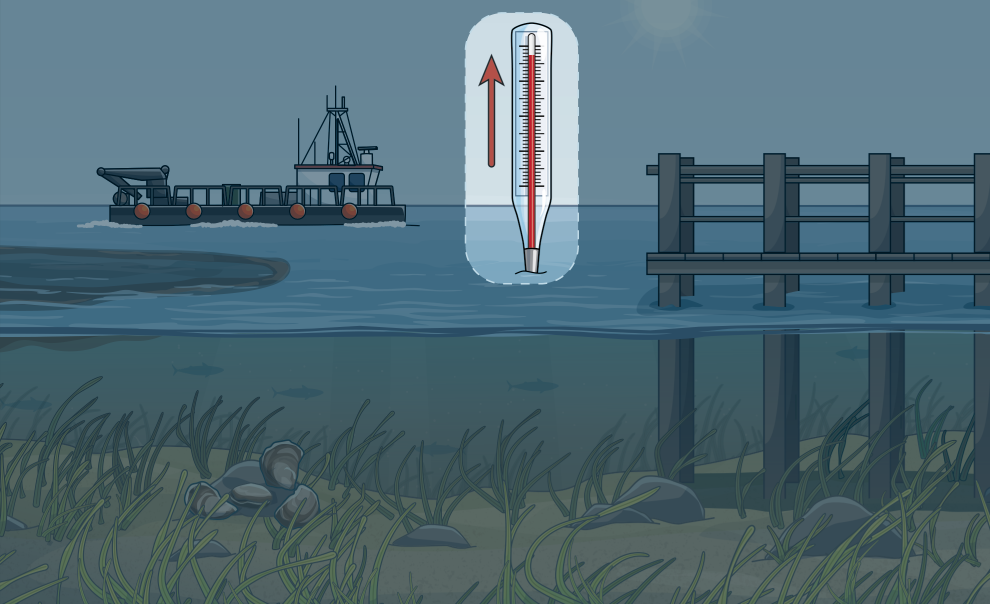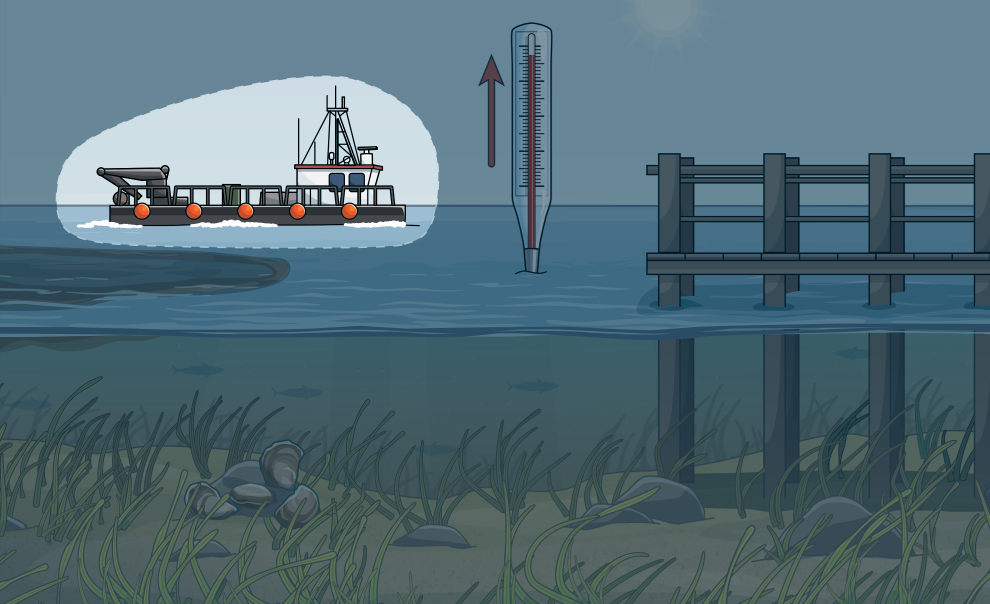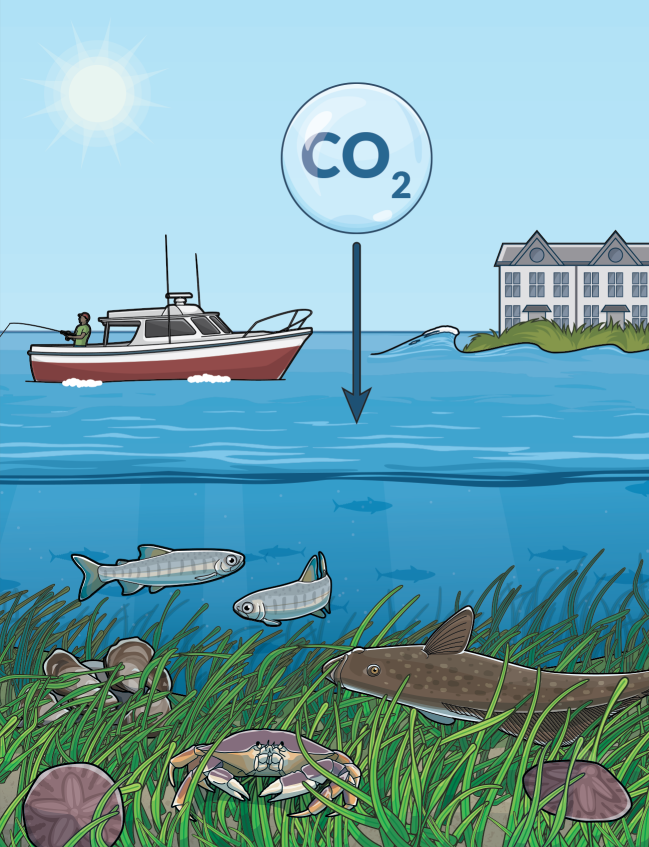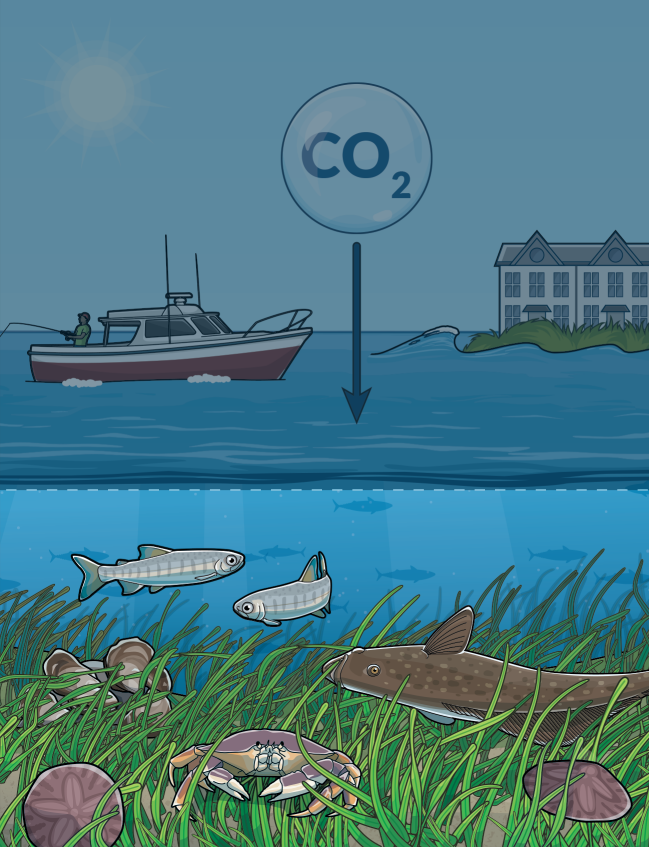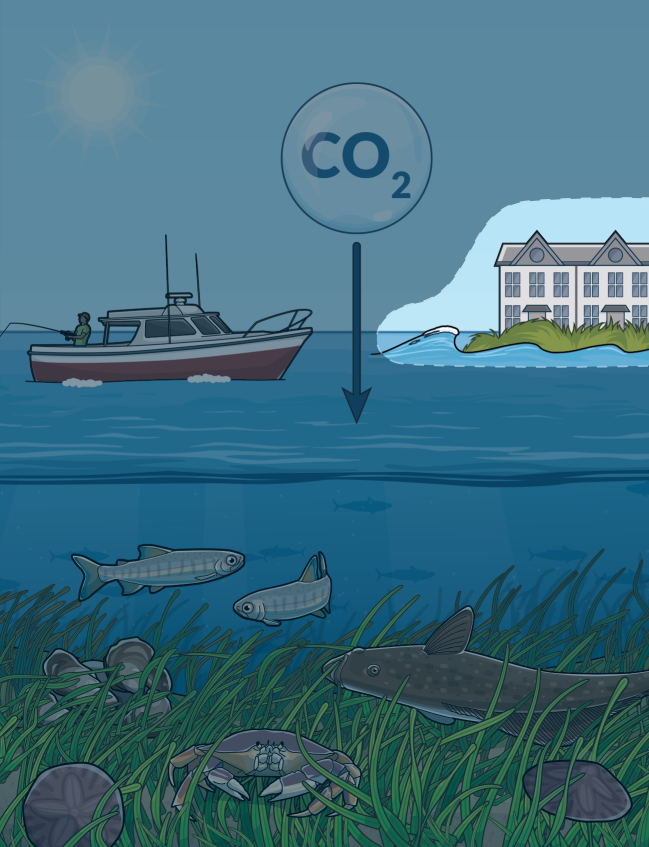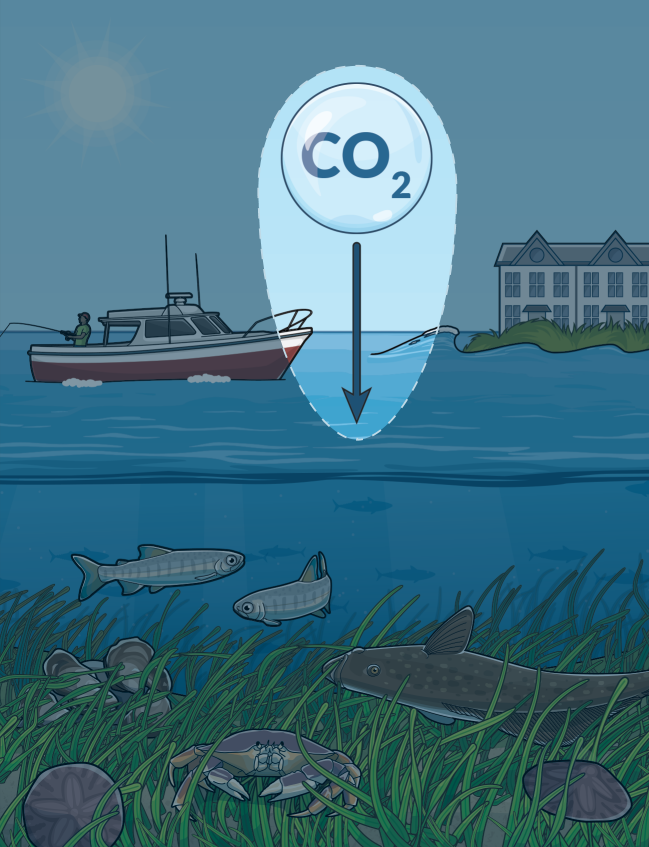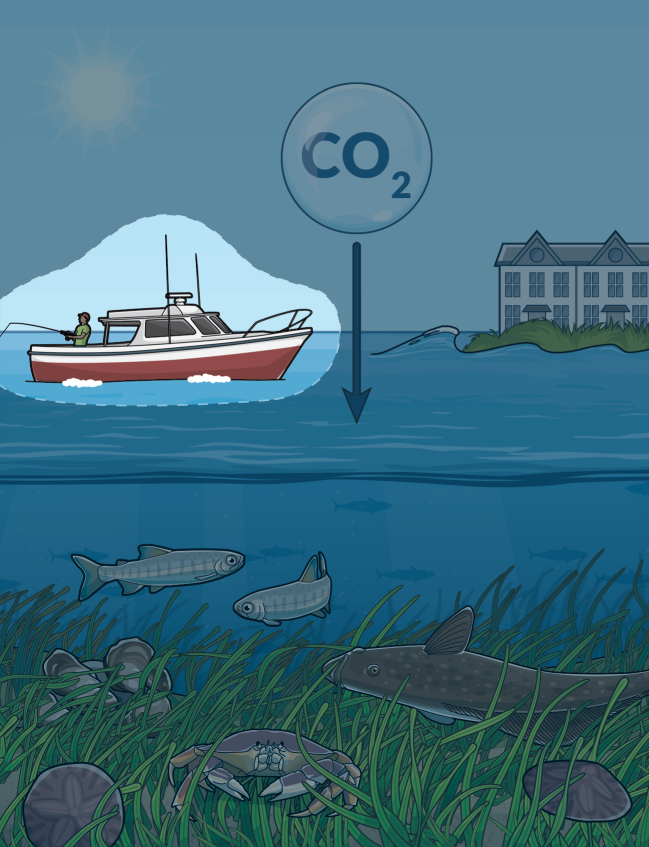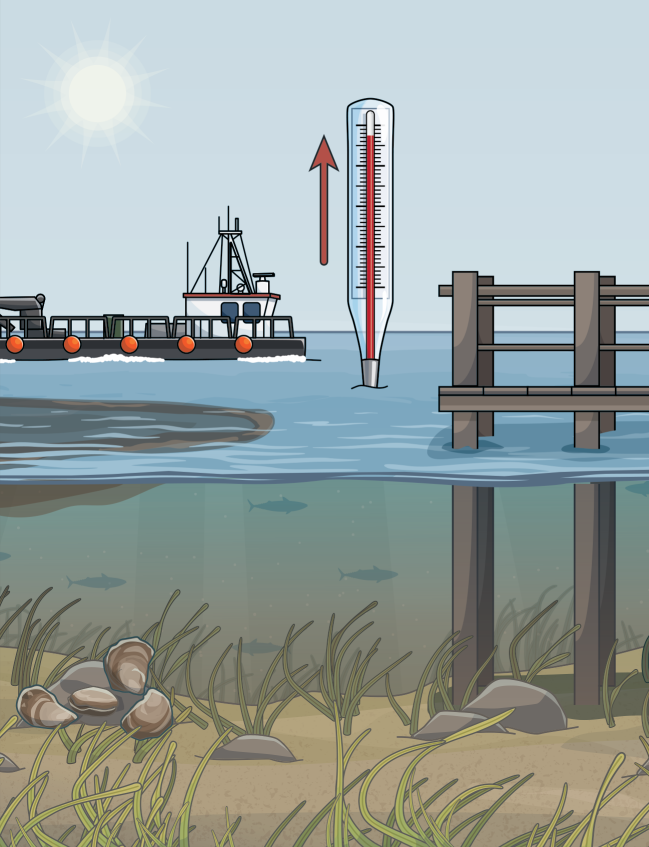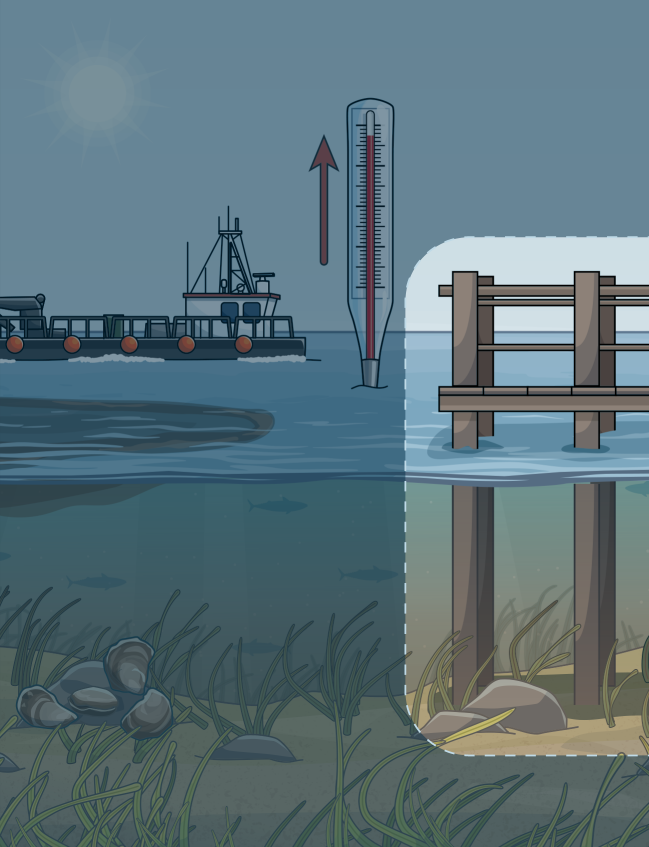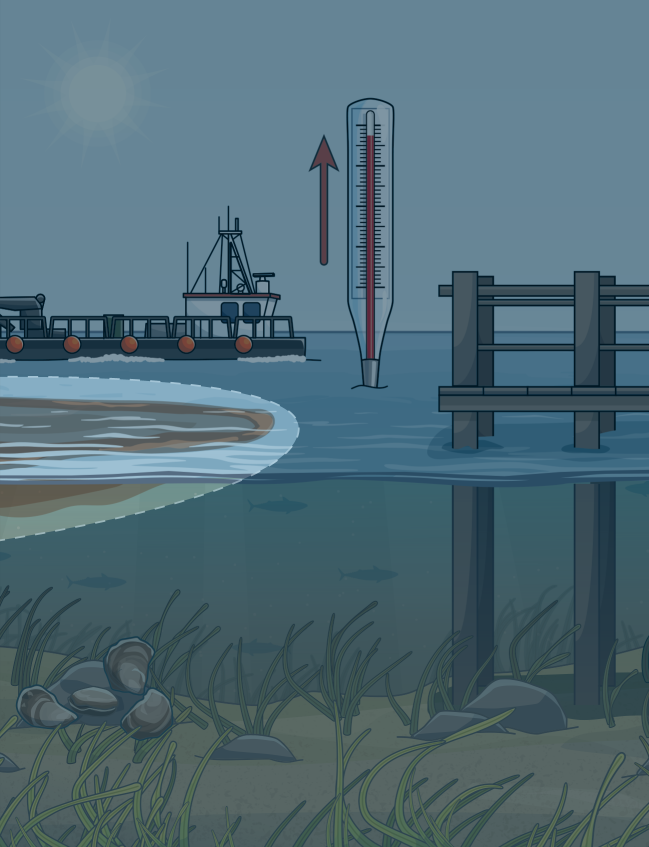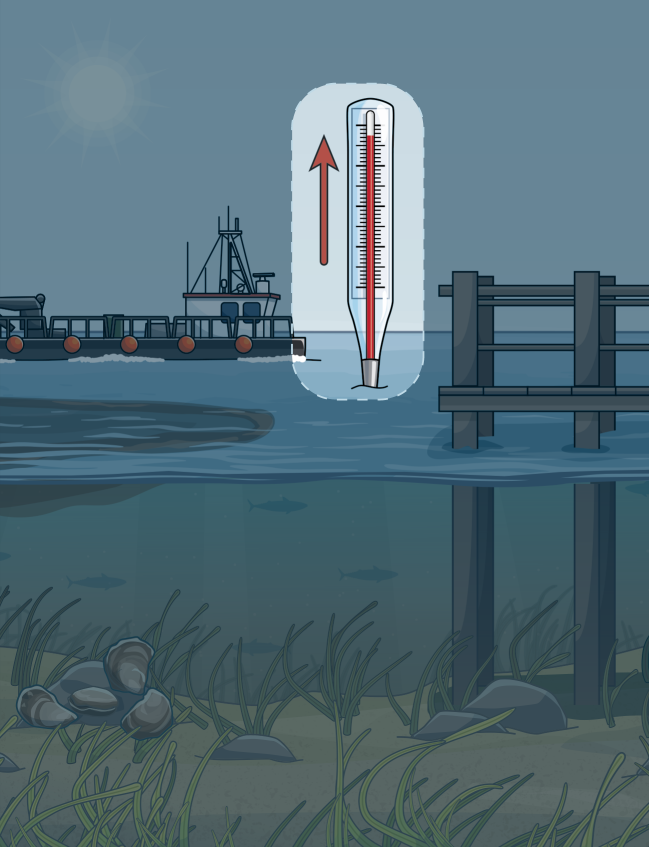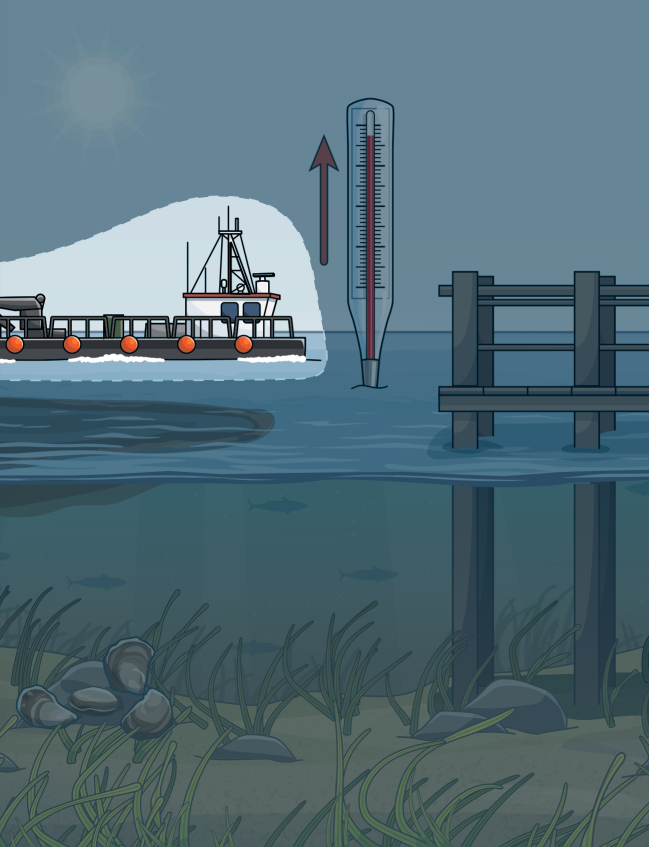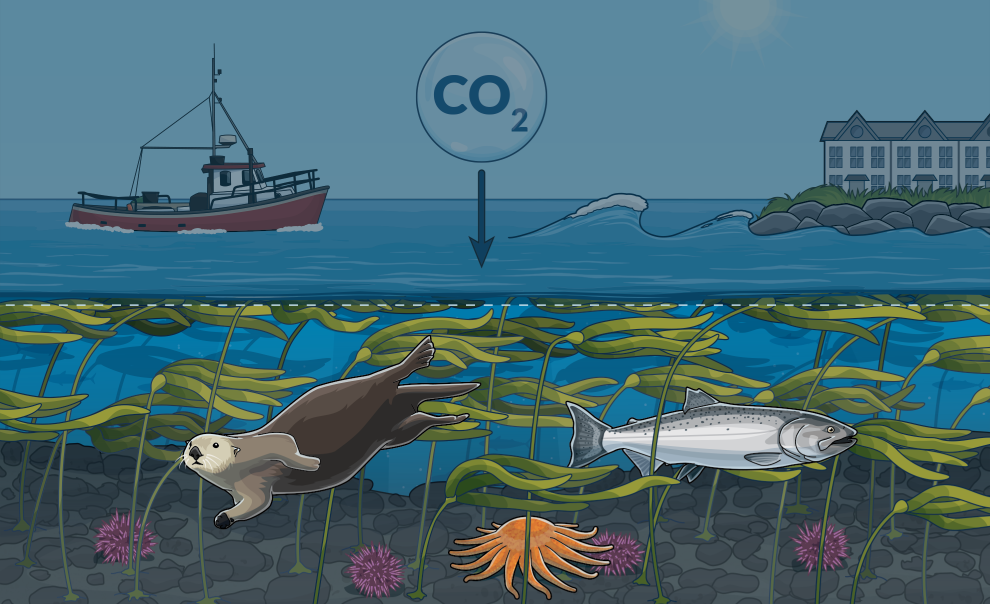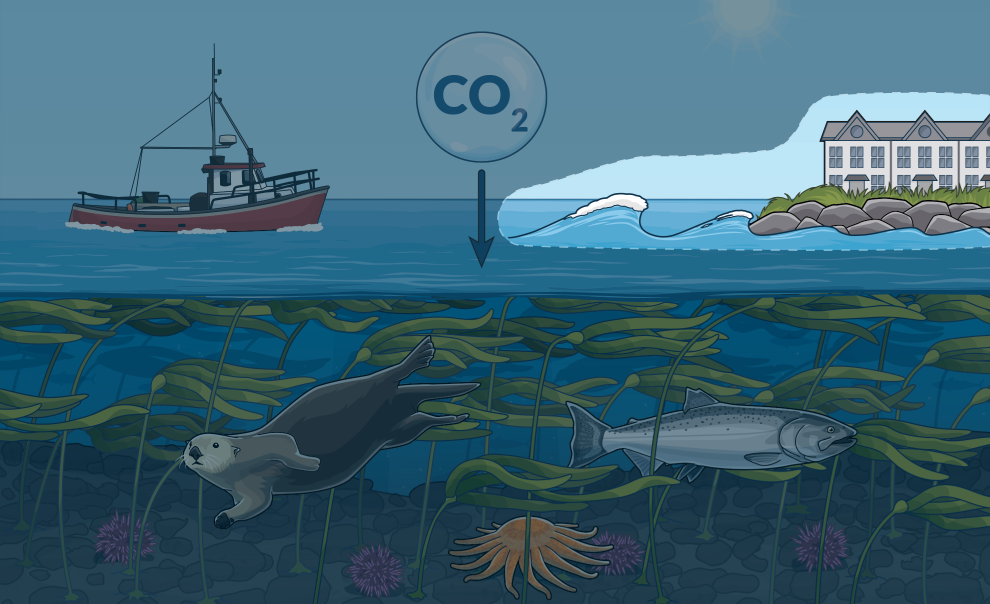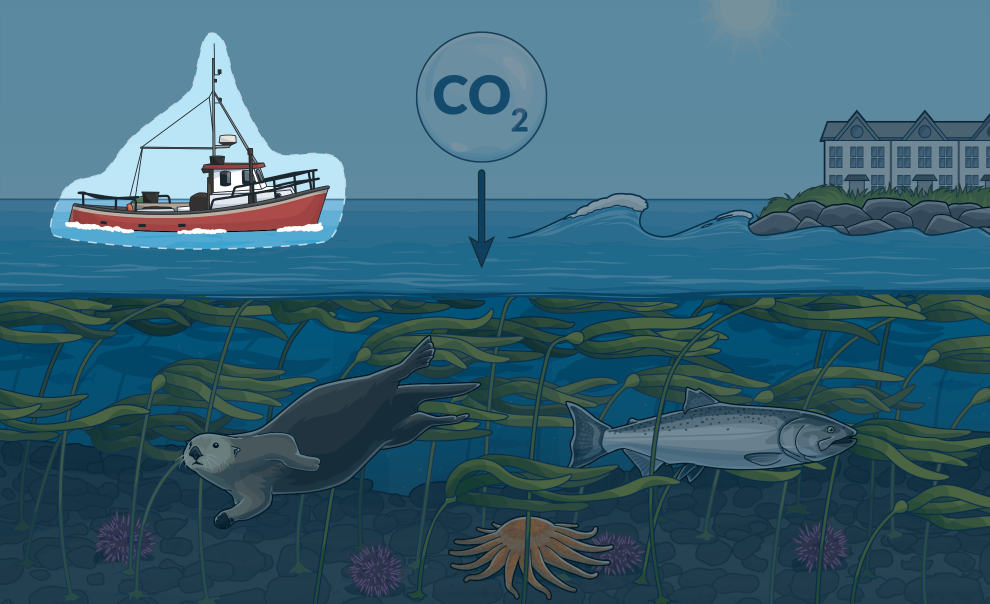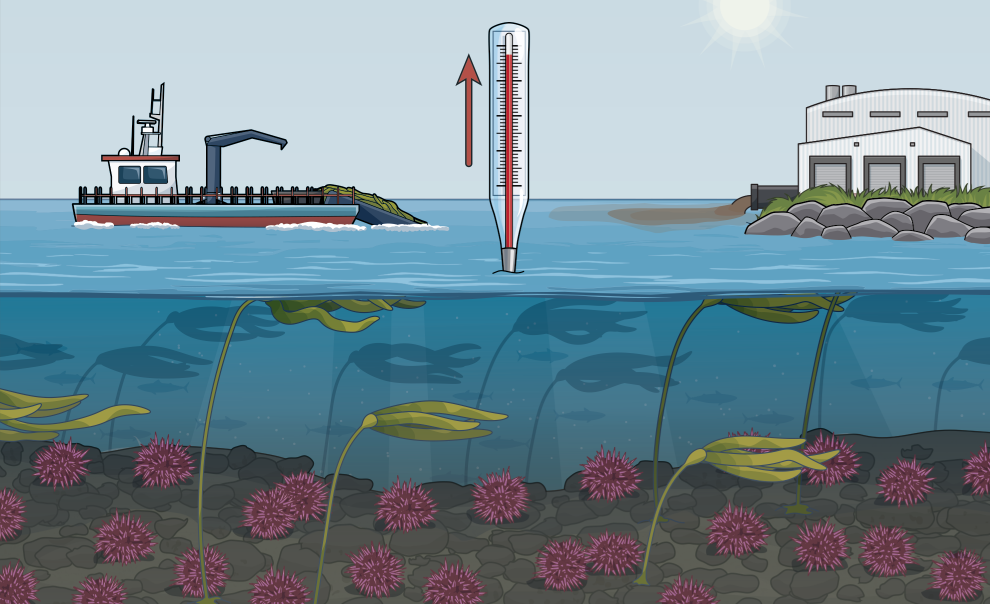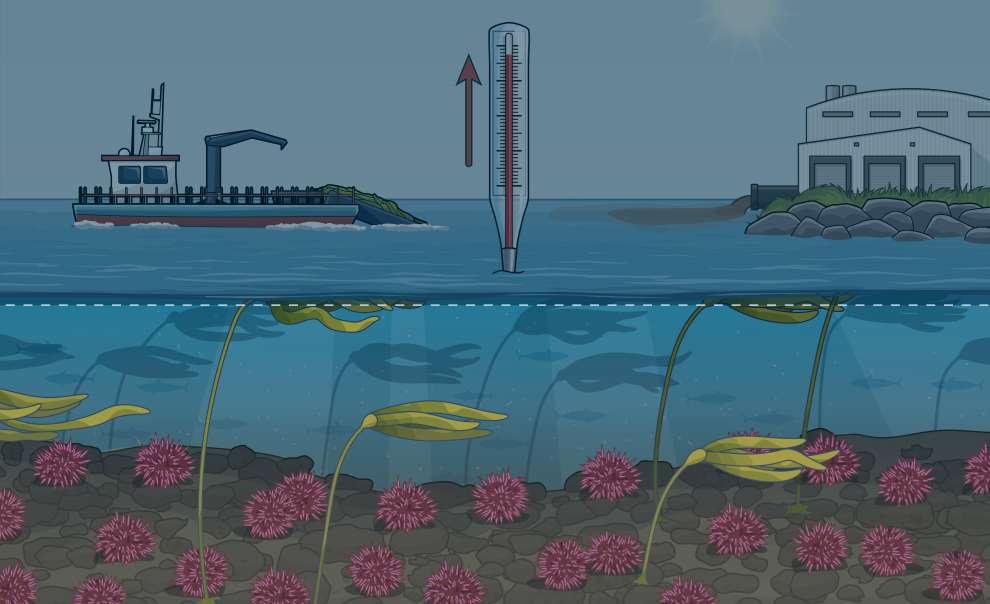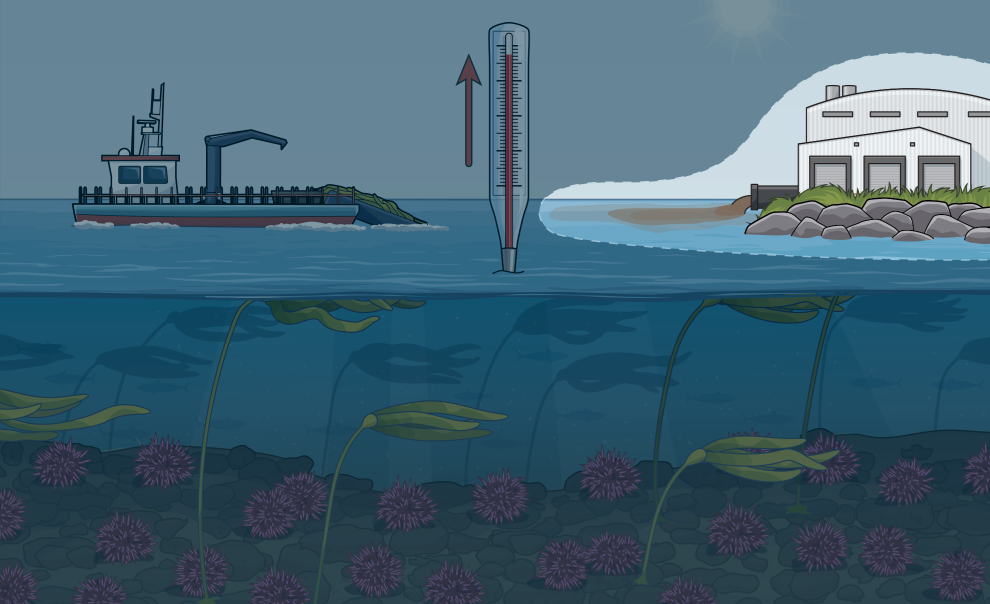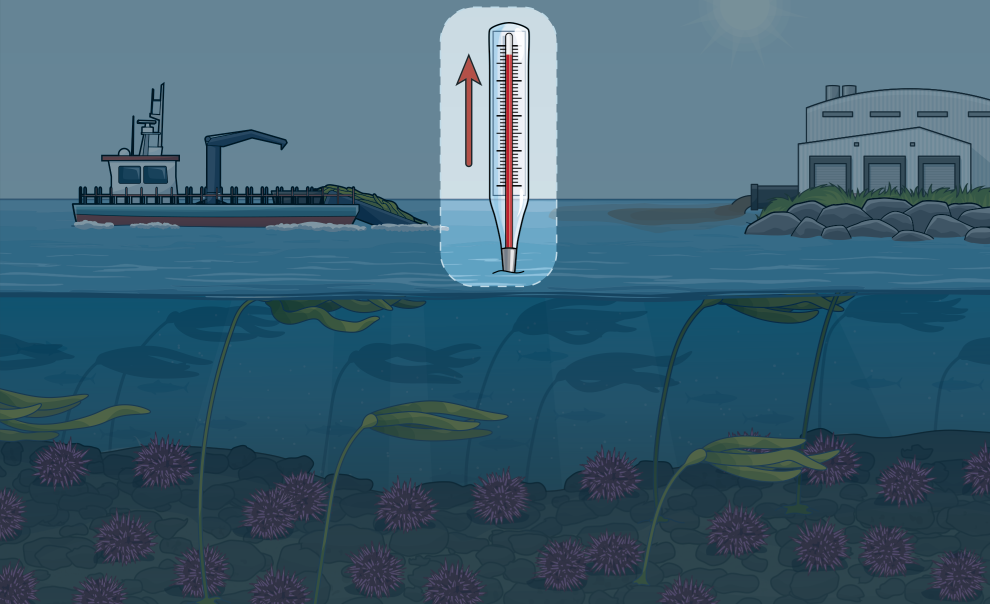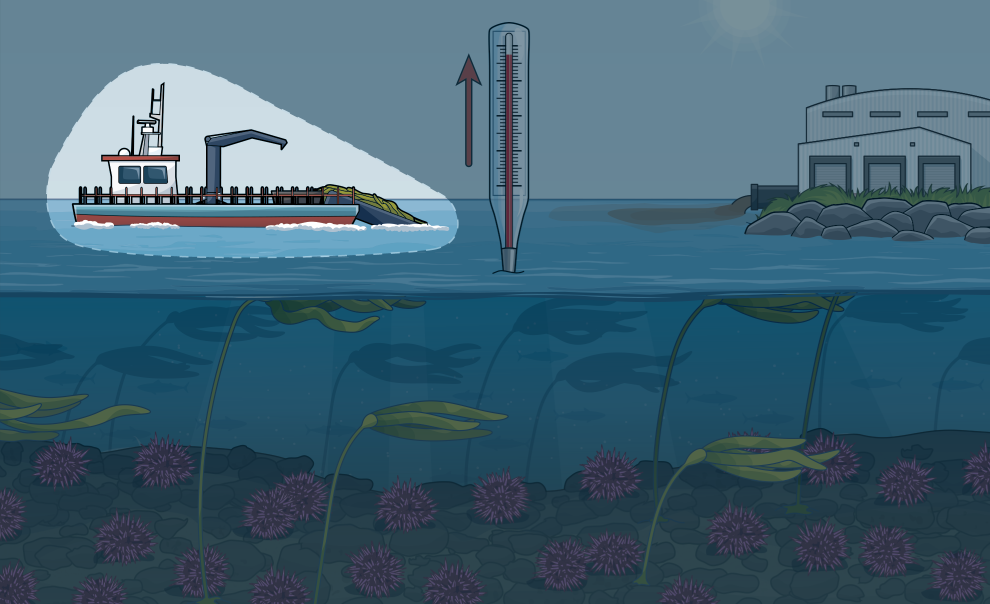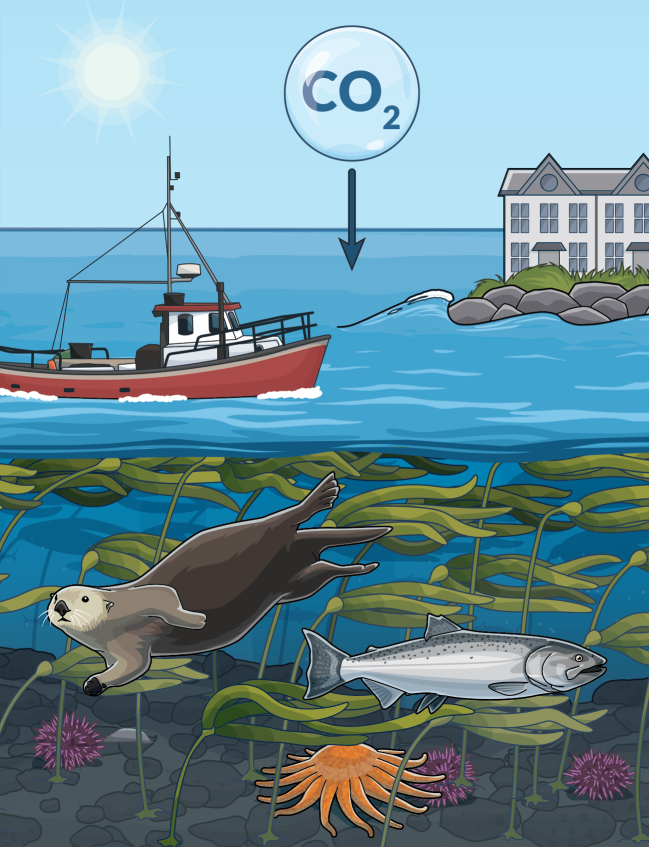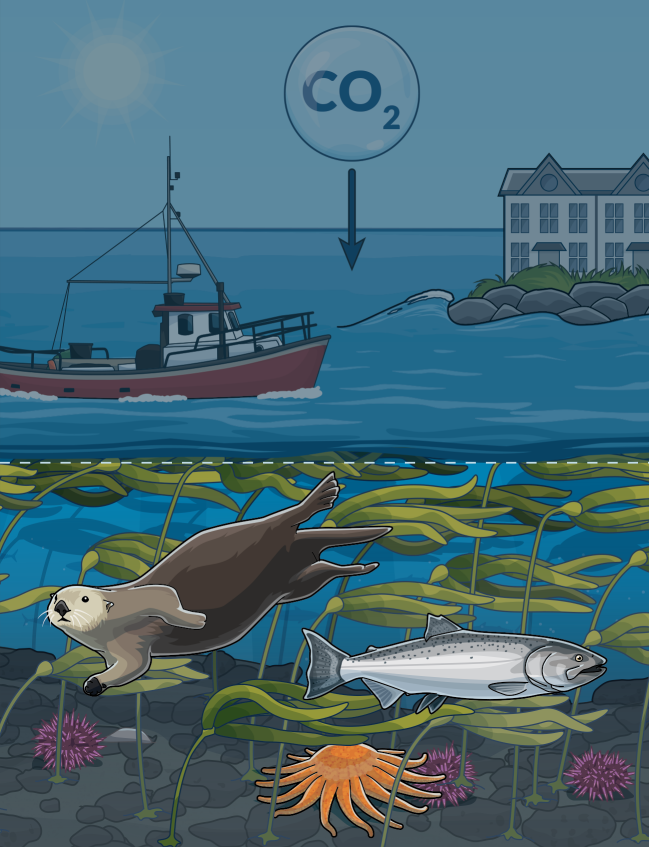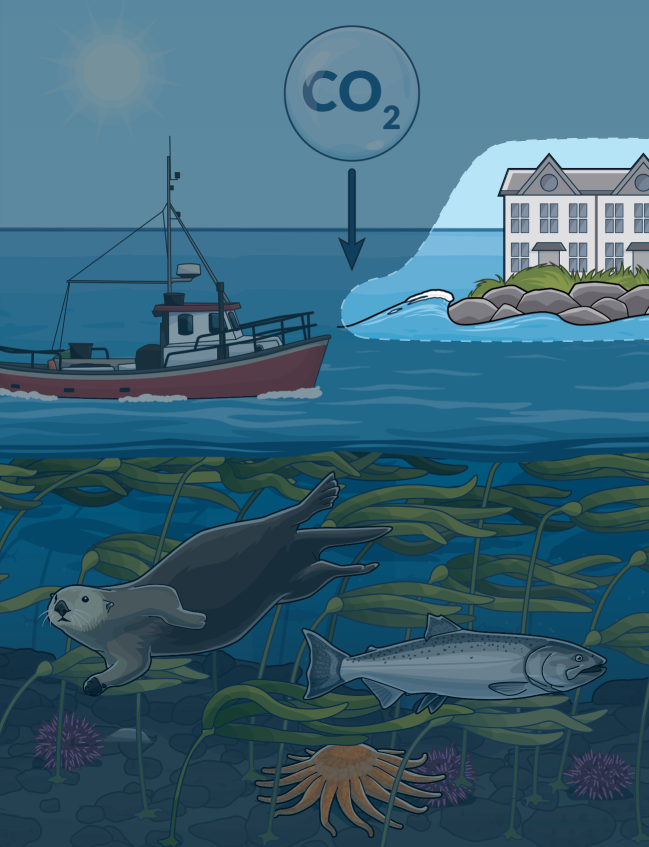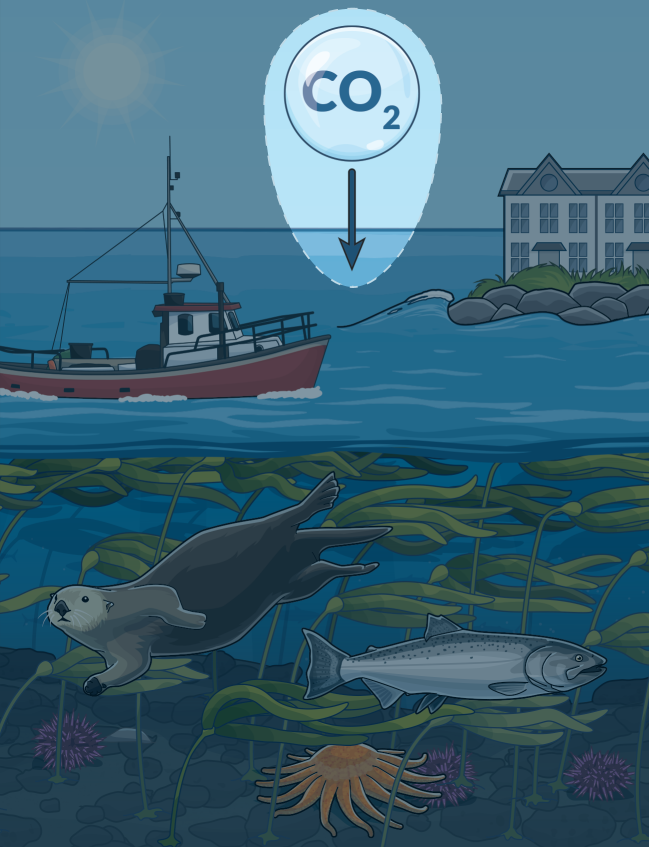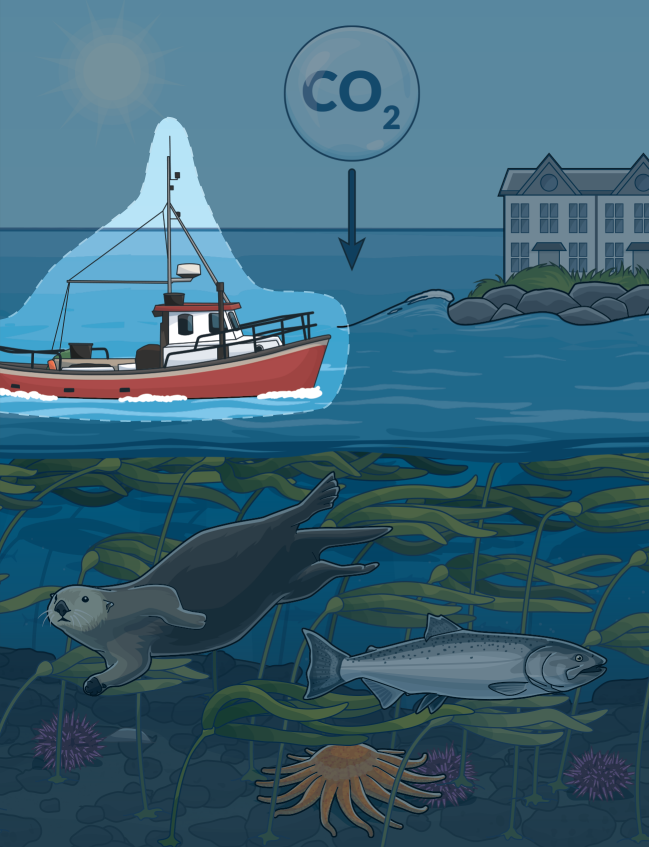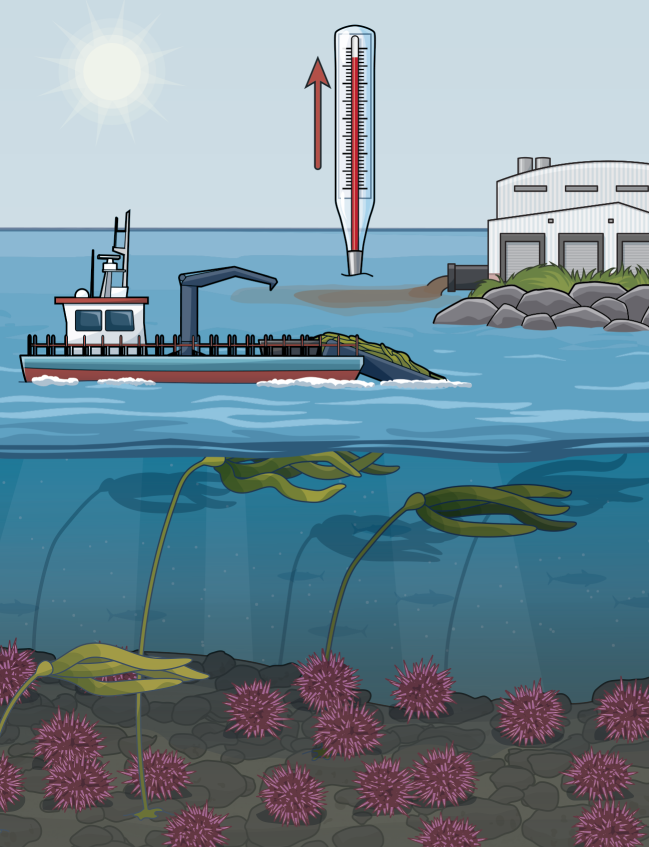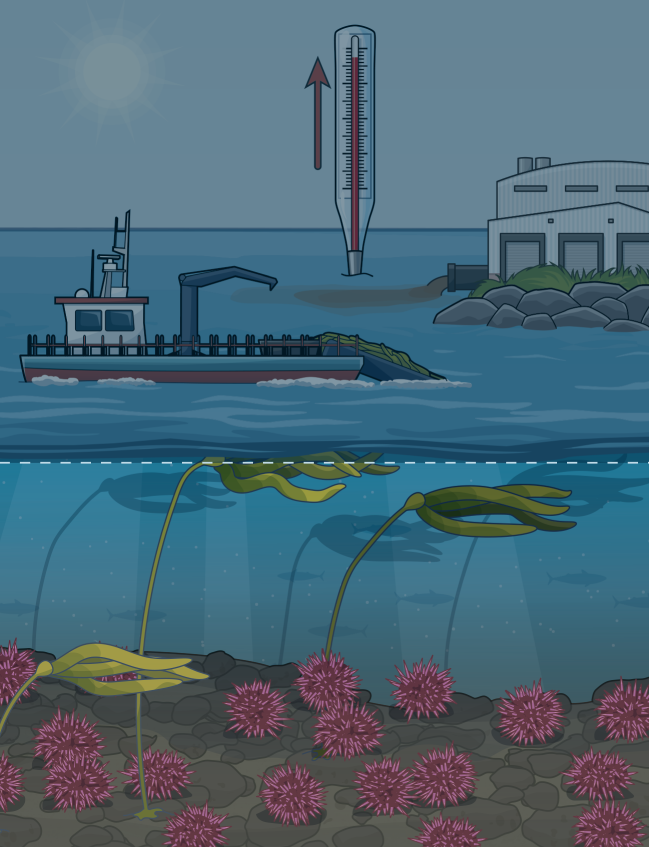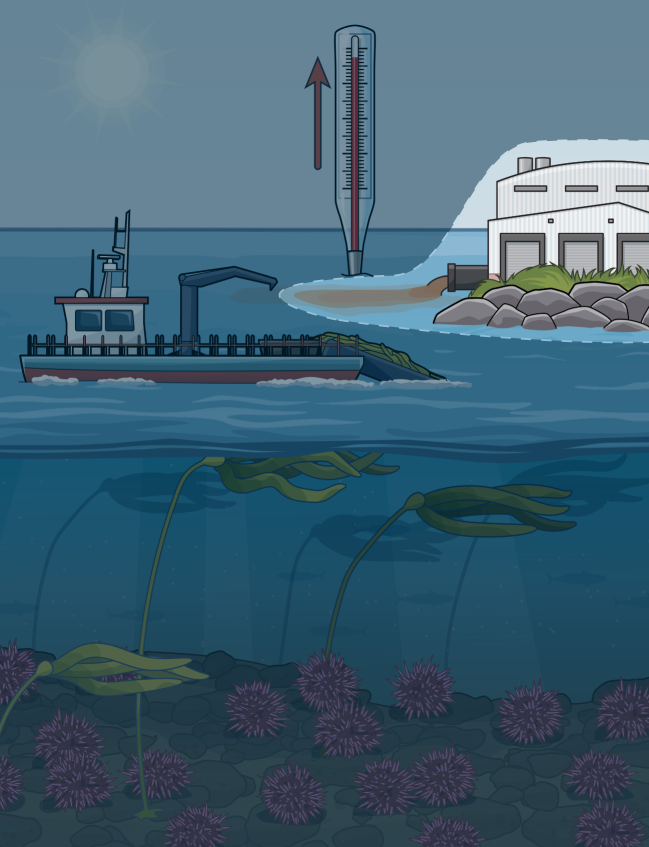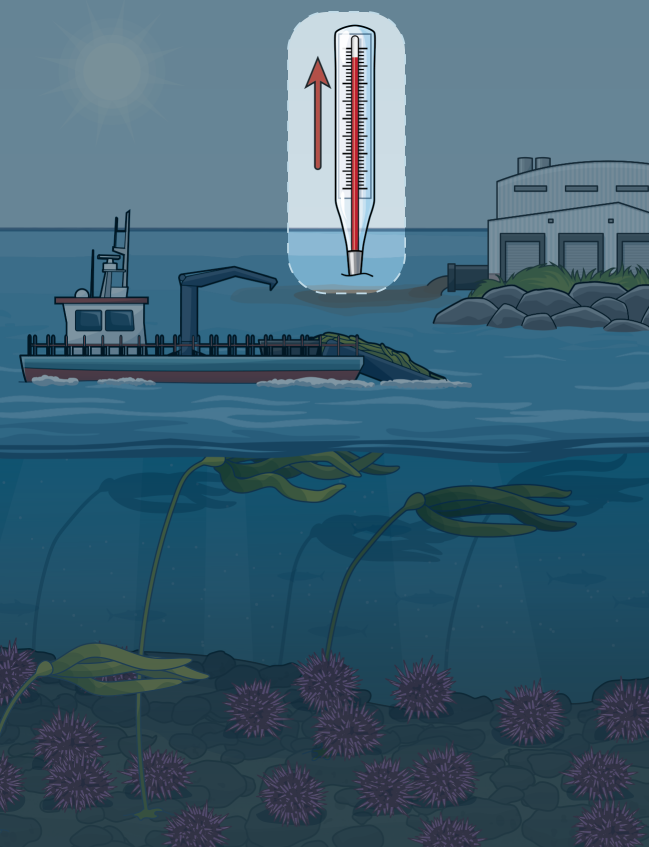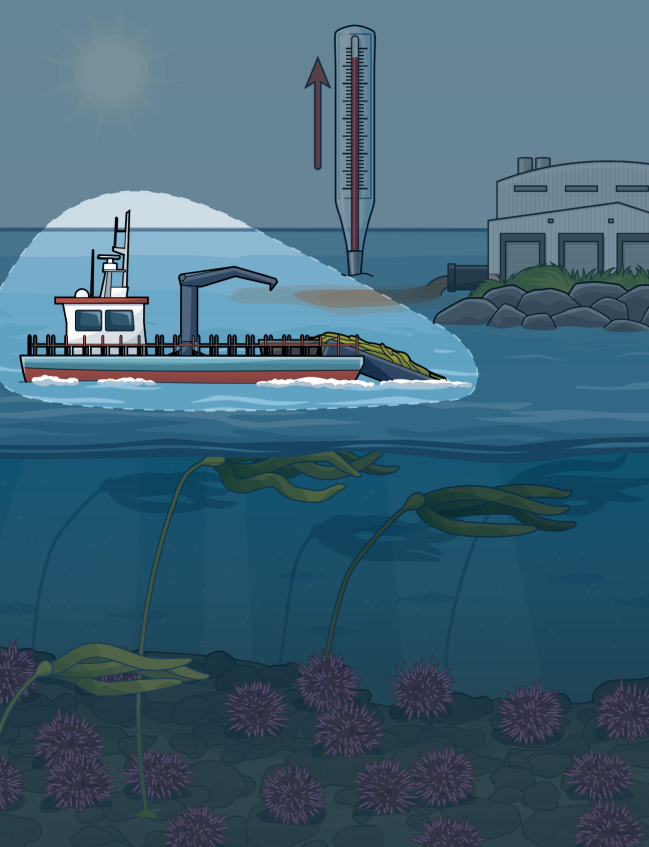Eelgrass and Kelp Play Vital Role in Coastal Ecosystems, Communities—but Face Diverse Threats
Underwater vegetation that sustains marine life and reduces the effects of climate change needs protection

Eelgrass and kelp are crucial components of healthy and productive coastal ecosystems. They nurture commercially and recreationally important fish and shellfish, absorb climate-warming greenhouse gases, improve water quality, and help protect coastlines from increasingly frequent and severe storms.
But like other submerged aquatic vegetation, eelgrass and kelp are threatened by pollution, dredging, shoreline development, warming waters, and rising seas. For example, eelgrass in California’s Morro Bay has declined 90% since 2007. West Coast kelp forests also have been decimated by the loss of sea stars and a corresponding explosion in the number of purple sea urchins—a voracious kelp predator—in recent years.
The Pew Charitable Trust works with decision-makers, managers, Tribes, and ocean stakeholders to protect and restore eelgrass, kelp, and other submerged aquatic vegetation for the future of marine fisheries, wildlife, and the coastal economies that depend on them.
Eelgrass meadows are found in estuaries, bays, and shallow nearshore areas. They provide habitat for microorganisms such as plankton—an essential part of the ocean food web—and nursery areas for Pacific herring, Dungeness crab, and salmon.
Kelp forests are one of the most productive marine ecosystems in the world. This canopy-forming algae can grow more than 2 feet a day, absorbing carbon dioxide as it grows and, in some cases, reducing the effects of ocean acidification in surrounding waters. It provides food, shelter, and nursery areas for an array of marine life, including otter, salmon, rockfish, shellfish, sea stars, and other invertebrates.

